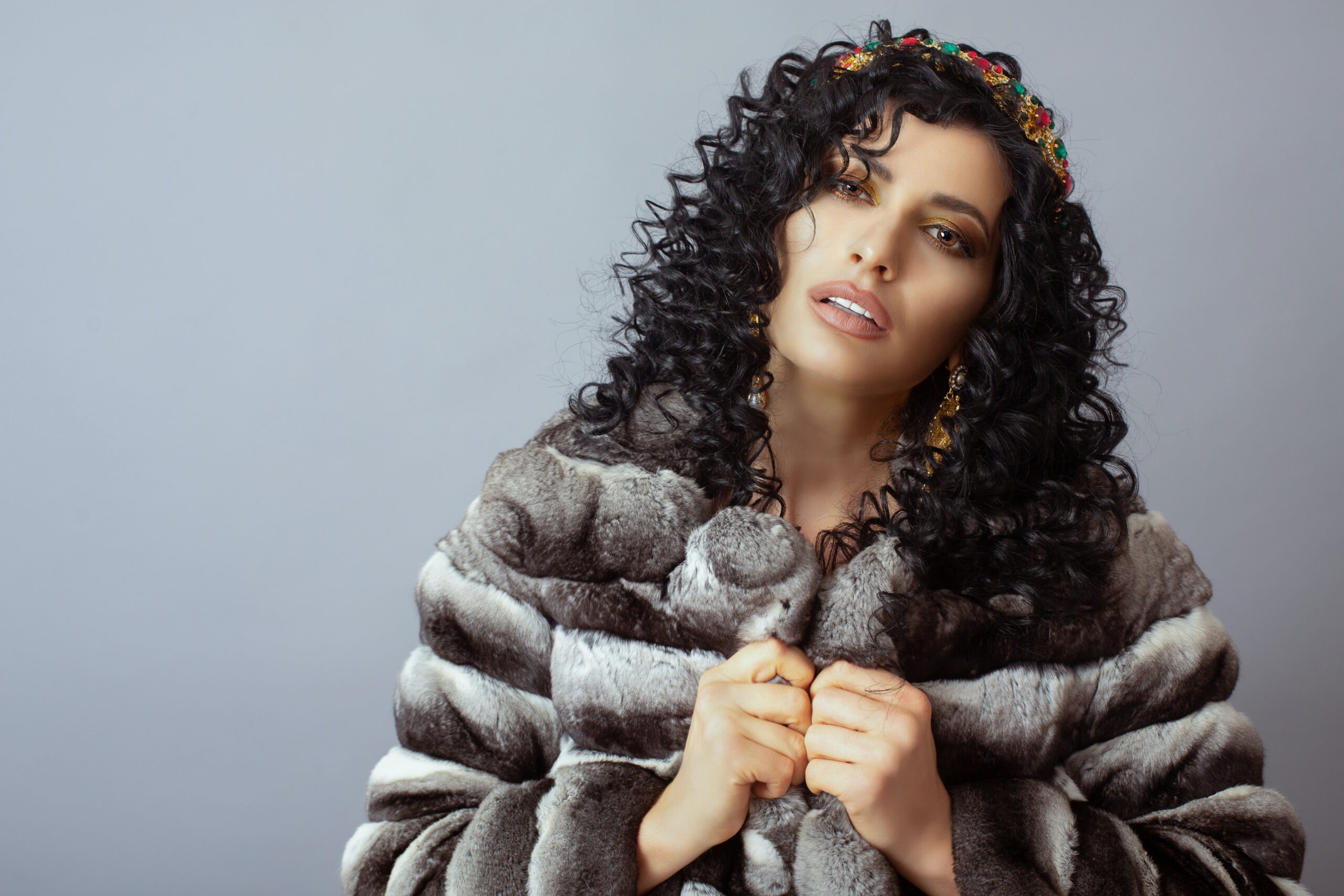Fur laws have been a matter of a lot of speculation in the past. From companies’ self-regulating and deciding not to sell fashion products made from real fur to a country like Israel banning its use to from the country. In United States it was California which became the first country to ban fur. Various animals can and are used for their fur – Minks, Beavers, Chinchilla, Foxes, Raccoons, Rabbits, Raccoon Dogs, Seals, Dogs and Cats. Animal fur usually comes from two sources – either they are trapped in the wild and their fur is used. The second is fur farming where the animals are kept in painful conditions in farms where they are raised for fur. While fur farming constitutes
Aside from fur farming, a large number of animals are captured and murdered in the wild for their fur. The majority of wild-trapped animal fur comes from the United States, Canada, and Russia. Trapping killed almost 3 million animals in North America in 2017 for their pelts. Traps cause considerable suffering and pain to both the intended and unintended victims, such as pets and endangered species.
One of the main concerns for fur Farming are animal cruelty. Animals kept on these firms live in dirty mesh cages and sometimes they are even kept in barns which can lead up to ammonia build up which causes burns in eyes. There is no protection from rain or sunlight. The manner in which they are killed is even more disheartening. Sometimes they are skinned alive without any painkillers or they are electrocuted or gassed. Fur farming can also be a major concern to public health. Such farms act as a breeding ground for various diseases (zoonotic). Considering the lower levels of sanitations and conditions in such farms it is quite highly likely that they make lead to spread if diseases
Noticing how laws may take a while to change – numerous luxury brands are themselves taking a stand and coming out of fur. Most popular is when Donatella Versace said she couldn’t use fur to make fashion as harming animals shouldn’t be a part of fashion.[1] Coach Macy’s and Chanel have also decided to opt for fur free fashion.
EUROPE
It was the countries in Europe which began to ban Fur farming and United Kingdom was the first state to do so in 2000. Israel has adopted a ban on the sale of fur and become the first country to do so but countries in Europe have also been making various changes.[2] France has announced a ban on mink farming but with a five-year transition period. The import of cat fur was banned in terms of export, import and placing in EU in 2007.
Denmark is a major ground for fur farming and it has its own different set of laws and regulations.
UNITED STATES OF AMERICA
The care of fur animals is governed by very few federal laws.[3] While the Animal Welfare Act was meant to ensure that animals be treated humanely, it clearly exempts “animals utilised or intended for use as food or fibre.”[4] Similarly, the Humane Methods of Slaughter Act, which mandates that livestock be slaughtered humanely to avoid “needless suffering,” excludes fur animals from protection. It’s not often apparent where fur animals fall under the law’s categorisation. Trapping and hunting rules are usually found in State Wildlife, Fish & Game, or Environmental Conservation Codes, whereas labelling laws are found in Trade Practice Codes, and cat and dog fur laws can be found anywhere between the Criminal Code to the Agriculture Code.
According to the Fur Commission USA, state agriculture departments regulate fur farms. [5] However, precise rules governing such regulation are few, and they mostly consist of categorising fur farming as a “agricultural pursuit” and classifying the animals as domestic or livestock.[6]
On an international scale, the majority of fur animals are either under protected or not protected at all. In 1999, the Council of Europe issued a recommendation on fur farming. However, it is completely insufficient in terms of animal welfare because it continues to allow animals to be kept in tiny cages. Wire-mesh floors are permitted, as are the lack of sites for climbing, digging, and bathing. There are no additional laws on fur production in several EU countries. Fortunately, an increasing number of countries are leading by example by enacting tighter national regulations or outright prohibiting fur farms. According to the International Fur Federation, fur appeared in nearly two-thirds of women’s fall fashion designs in 2016. This shows that even today fashion continues to rely on Fur. There should be an international law which stops fur farming and prevents setting up of farms in Asian countries.
Any animal welfare regulation has the purpose of preventing unnecessary suffering.[7] Fur farming, on the other hand, begins and ends for many animal supporters with the simple moral test of necessity: humans don’t need fur apparel and accessories, so fur farming for that purpose is wrong.[8] In the basic sense human beings can survive using faux fur. Sometimes real fur is sold with the tag of faux fur. For this purpose, labelling laws have been made for United States. It is interesting to notice that it is fashion Brands that are now regulating and taking the decision of not trading or selling in fur. If more companies follows the pattern it would help eradicate the usage of fur.
[1] Brooke Bobb, Donatella Versace Says Fur Is Over, VOGUE, (Mar 18, 2018), https://www.vogue.com/article/donatella-versace-fur
[2] Israel Has Become The 1st Country To Ban The Sale Of Most Fur Clothing, NPR, (June 14, 20212:45 PM ET) https://www.npr.org/2021/06/14/1006279660/israel-has-become-the-first-country-to-ban-the-sale-of-fur-clothing
[3] Brief Summary of Fur Laws and Fur Production, Lesley A. Peterson (2010), https://www.animallaw.info/intro/fur-production-and-fur-laws#:~:text=There%20are%20some%20on%2Dpoint,Species%20Act%2C%20which%20works%20ton
[5] Fur Farming in North America , Fur Commission USA, http://www.furcommission.com/farming/index.html#Anchor-Fur-Producing-49575 (last visited Sept. 5, 2010).
[6] Wis. Stat. § 29.627 (2004) .
[7] Fur Farms Still Unfashionably Cruel, Critics Say, Rachel Balf, August 17, 2016, https://www.nationalgeographic.com/animals/article/wildlife-china-fur-farming-welfare
[8] Id

















